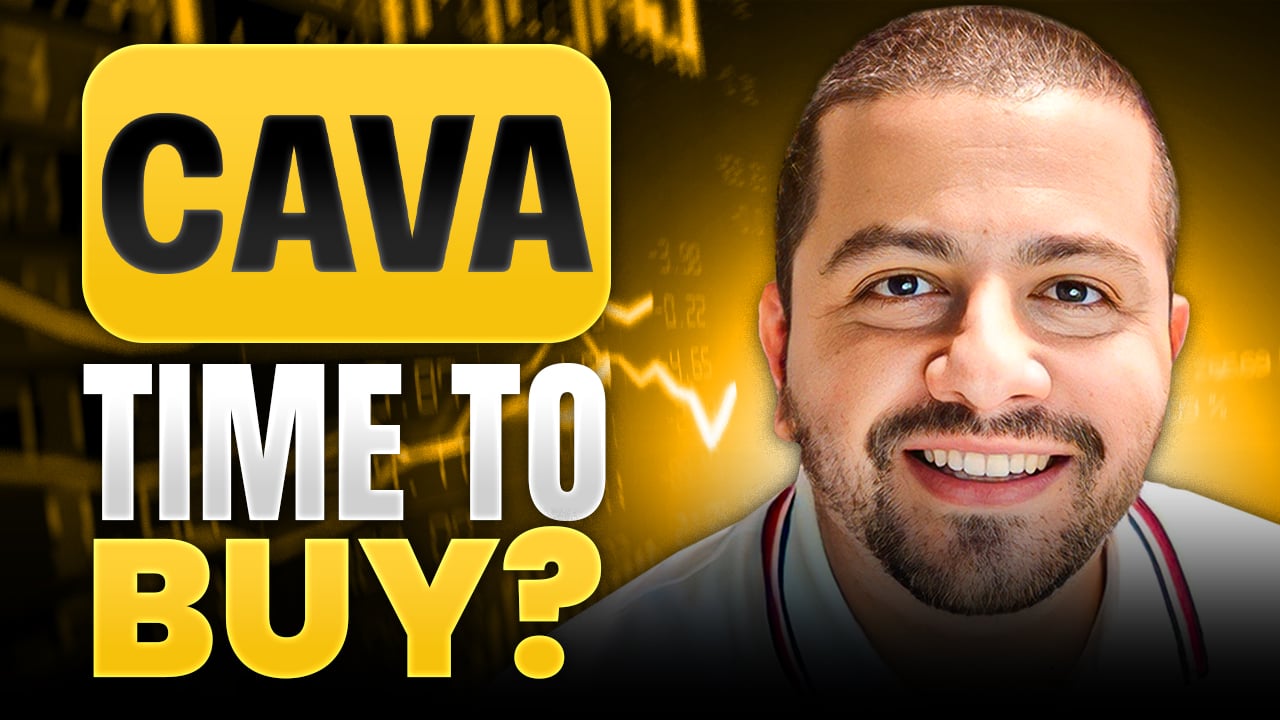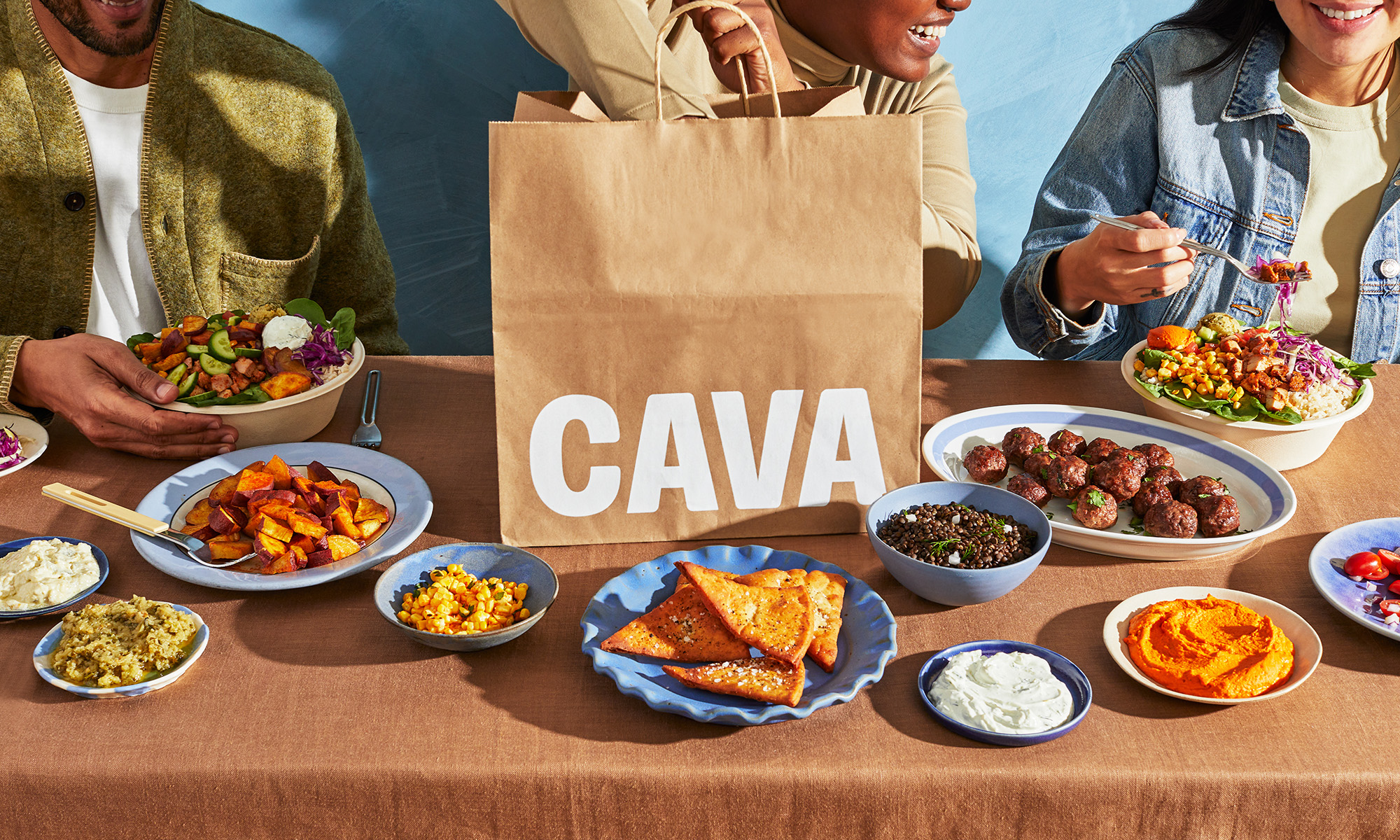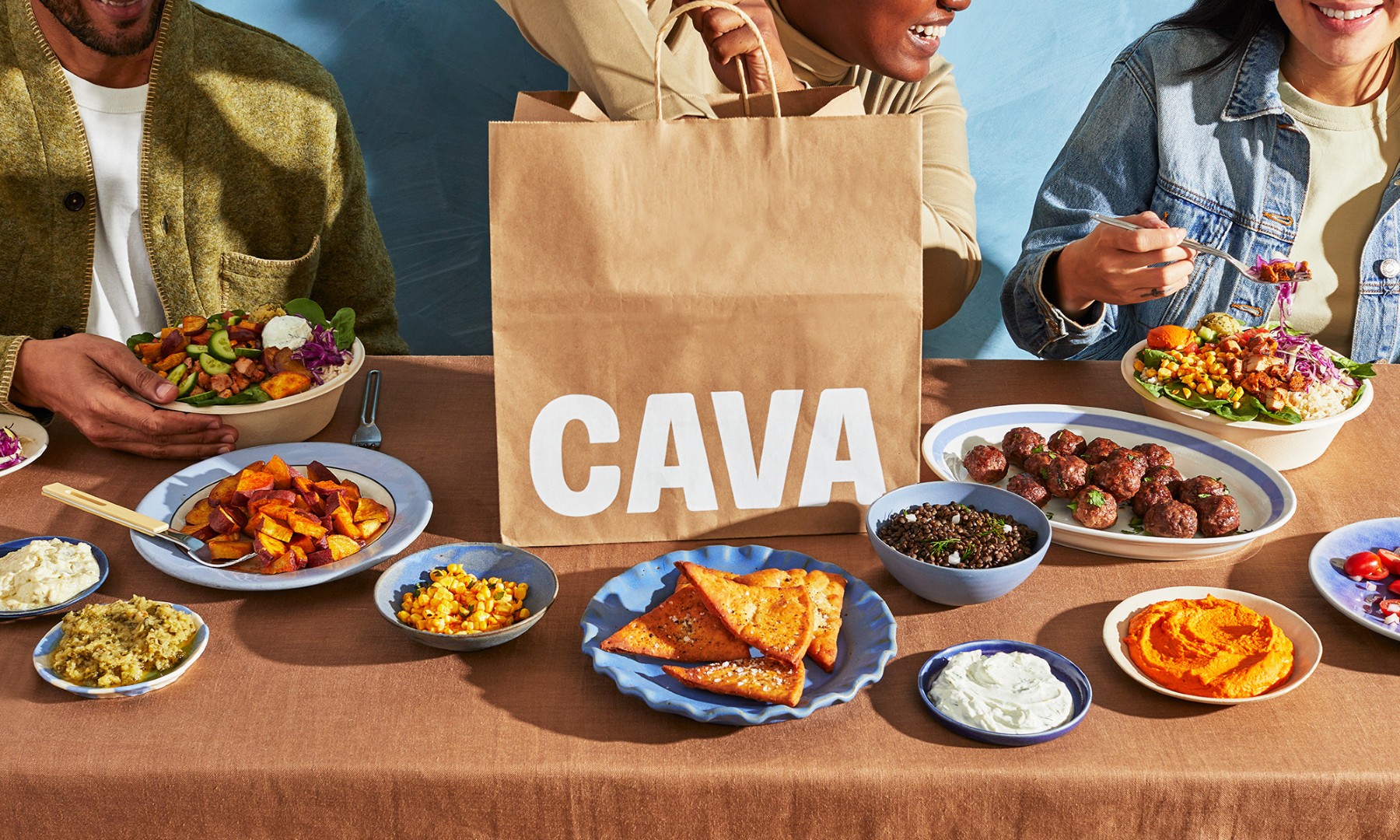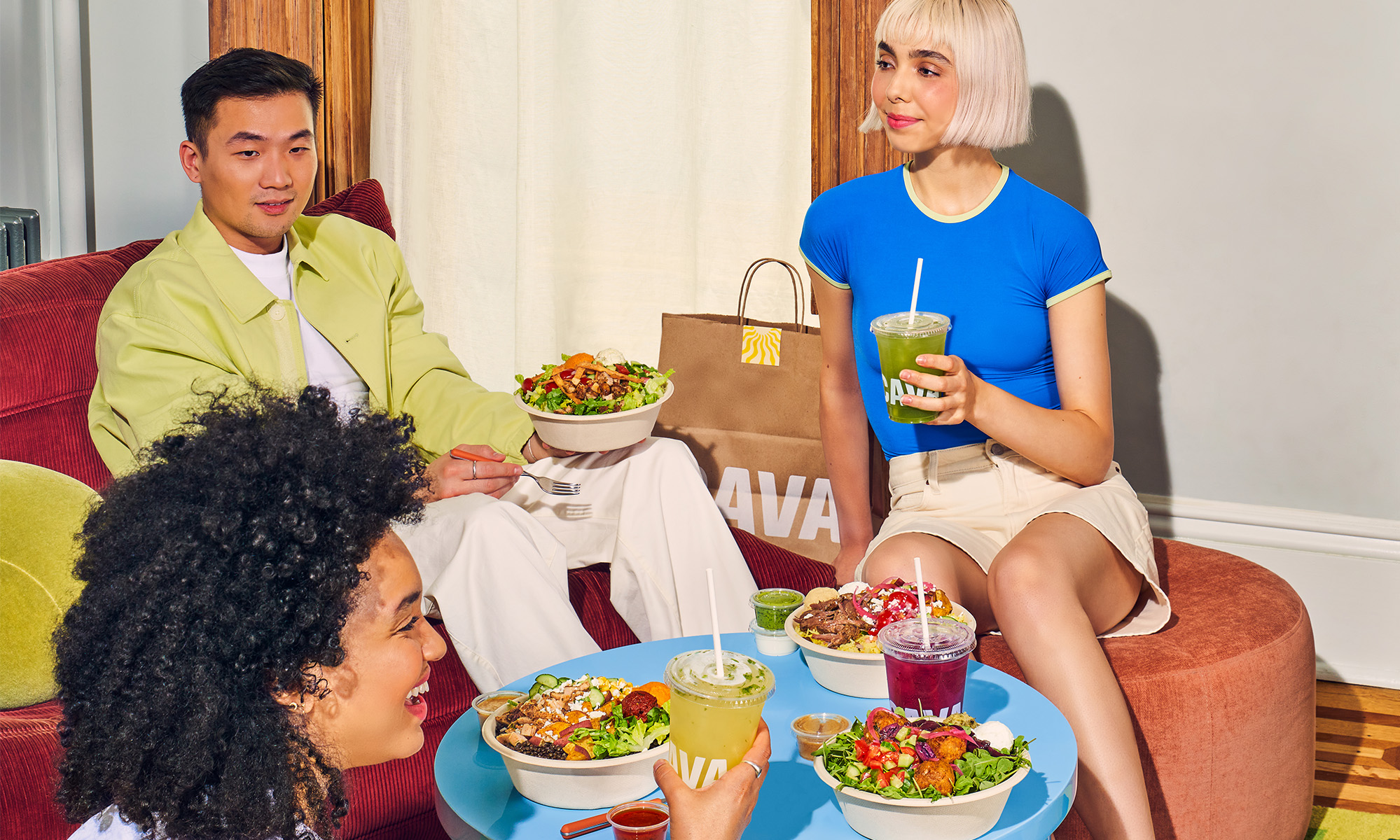"The next Chipotle" isn't getting much love from investors these days. Shares of Cava Group (CAVA +3.99%) crashed this week following a second-quarter report that missed the mark. Revenue came up short of analyst expectations, and same-store sales grew by just 2.1%. The fast-casual restaurant chain also slashed its full-year outlook for same-store sales to a range of 4% to 6%, a full two percentage points lower than its previous guidance.

NYSE: CAVA
Key Data Points
What's happening to Cava?
Cava CFO Tricia Tolivar pointed to a few factors that impacted the company's Q2 results. First, Cava added steak to its menu last year, giving it a boost that the company is now lapping. The steak launch made the comparison tougher and contributed to the slowdown in same-store sales.
Second, the restaurants that opened in 2024 suffered what Tolivar called a "honeymoon effect." Those restaurants outperformed sales expectations initially, but that quick initial growth couldn't be sustained. The company hasn't experienced this type of post-opening slowdown in previous years, so it was unexpected.
The state of the economy is also playing a role. Tolivar noted that Cava wasn't immune to the macroeconomic environment but that attach rates for premium items hadn't changed. It's unclear whether economic factors impacted the number of visits to Cava's restaurants, although the company did disclose that same-store sales had started to reaccelerate toward the end of the quarter. Same-store guest traffic was roughly flat in Q2.
Setting big goals
Despite the troubles in Q2, Cava still has its sights set on greatly expanding its restaurant base. The company opened 16 new restaurants in Q2, bringing its total restaurant count to 398. It expects its full-year restaurant-opening tally to reach 68 or 70. By 2032, Cava is planning to have 1,000 restaurants in operation. The company will need to average around 80 restaurants openings annually starting in 2026 to hit that number.
At its current average unit volume (AUV) of $2.9 million, revenue would reach $2.9 billion with 1,000 restaurants. There's likely some room to grow AUV. Chipotle averages about $3.1 million in annual sales per restaurant, for comparison. Cava's revenue is expected to reach around $1.18 billion this year.

Image source: Getty Images.
Should you buy the dip?
Cava was an extremely expensive stock at its late-2024 peak, at one point trading for around 18 times annual sales. The valuation has since fallen back to earth, but the stock still trades at a premium to industry leader Chipotle. Cava stock now trades for around 7.3 times trailing-12-month sales, compared to roughly 5 for Chipotle.
Cava should be able to grow faster than Chipotle by virtue of its restaurant base being much smaller. Chipotle operates just over 3,800 restaurants or nearly 10 times as many locations as Cava. Even with weak same-store sales growth in Q2, Cava's total revenue rose by 20.3% year over year.
New restaurants can continue to drive double-digit revenue growth, although a tough economy could throw a wrench in the company's expansion plans. If Cava's slowdown turns out to be more than just some tough comparisons, or if the U.S. economy worsens, the company may need to slow down its pace of restaurant openings.
The good news is that the Cava model appears to work. The company's 2025 restaurant openings are on track to reach AUVs above $3 million, inching closer to Chipotle levels. Cava doesn't seem like a fad that's going to fade away like some other fast-casual chains that ran into roadblocks. Cava is undoubtedly popular, and the company has a good chance at following in Chipotle's footsteps.
Cava's valuation still looks to be on the high side, especially with some uncertainty surrounding its same-store sales growth trajectory. But for those who found the stock too expensive in the past, the post-earnings crash presents a more attractive entry point for long-term investors.






